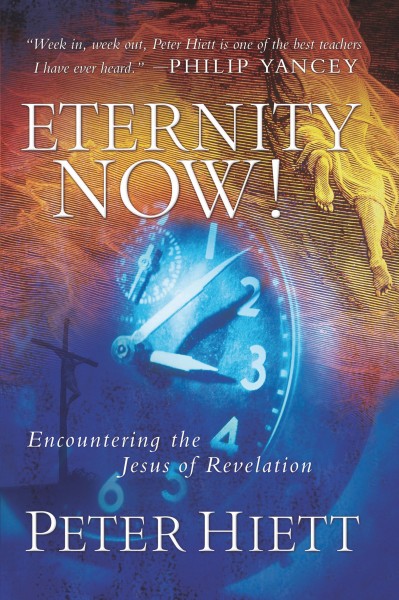

He is not, however, continually re-sacrificed in a bloody manner, “for then He would have had to suffer repeatedly since the foundation of the world” (Heb 9:26). Hebrews 9:24, Not the Old Testament tabernacle, but in the sanctuary of heaven itself, Jesus is eternally presenting His pure offering to God, the only pure offering ever made to Him. Paul says the real Body and Blood of Christ is sacrificed in a Catholic Mass. John 1:29, Jesus is called “The Lamb of God who takes away the sin of the world.”ġ Corinthians 5:7 & 11:23-29, St. The blood of the sacrifices was poured out around the base of the altar.Įxodus 29:38-42, Every day, morning and evening, a lamb, bread, and wine were to be offered on the bronze altar. Leviticus 1, The altar was the place where the bloody and burnt animal sacrifices were offered, where judgment and atonement for sin could be made. 17:11).ĭirectly inside the tabernacle courtyard gate was the first facility, a gigantic BBQ-grill-like structure.Įxodus 27:1-8, God’s instructions regarding the altar are that it should be made of wood overlaid with bronze. “For it is the blood that makes atonement for the soul by reason of the life” (Lev.

*LOVE the Word™ exercises are offered according to FIAT: the four personalities, or “prayer forms,” explored in Prayer and Temperament, by Chester Michael and Marie Norrisey: Franciscan, Ignatian, Augustinian, and Thomistic: FIAT! These prayer forms correspond to the Myers-Briggs personality types.
#Eternity bible study podcast zambia free#
Or get a free journal page and guide in the right-hand margin.Į – Entrust (May it be done to me according to your word!) You may want to write your reflections in your LOVE the Word journal.

Remembering that He loves you and that you are in His presence, talk to God about the particulars of your O – Observe step. V – Verbalize (Pray about your thoughts and emotions.) T | Thomistic – Make a list of anything new you learned about Old Testament sacrifices, and see if you can connect them to Jesus’ sacrifice. What can you see around you as you lead your goat to the priest at the altar? As you lay your hand on its head and confess your sins over it, what else can you hear? What do you smell? How do you feel just before you cut its throat with your knife and bleed its blood into the pan? What are your thoughts as the priest pours the blood out around the base of the altar?Ī | Augustinian – How does this week’s show make you understand and appreciate the Eucharist more? How is Jesus’ gift of His Body and Blood meant to help you be more broken and spilled out for others? I | Ignatian – Imagine you are offering an animal sacrifice at the tabernacle. O – Observe (Choose one or more of the following personality approaches to connect the passage to your life and recent events.)į | Franciscan – Cradle a crucifix in your hand touch His five wounds pray a thanksgiving prayer on each one. LOVE the Word™ is a Bible study method based on Mary’s own practice: lectio without the Latin. Welcome Jennifer R, Bethany, and Roland, Bible Study Evangelista’s newest friends of the show! Thank you for loving and lifting me :) “Whoever eats My flesh and drinks My blood has eternal life” (Joh 6:54). Jesus made eating His flesh and drinking His blood the whole point of the New Covenant, because His sacrificial, resurrected, eternal life is literally and uniquely present there. To eat and drink the blood of those sacrifices would have been to drink unto death, so God enacted a protective prohibition against such.īut when Jesus came, He came to give us life (Joh 10:10) He is LIFE (Joh 11:25). When He says, “This is the cup of the new covenant in my blood that is poured out for you for the forgiveness of sins,” He uses the same word for the pouring out of sacrificial blood in the tabernacle and covenant sacrifices. Christ on the cross is the Christian East.


 0 kommentar(er)
0 kommentar(er)
